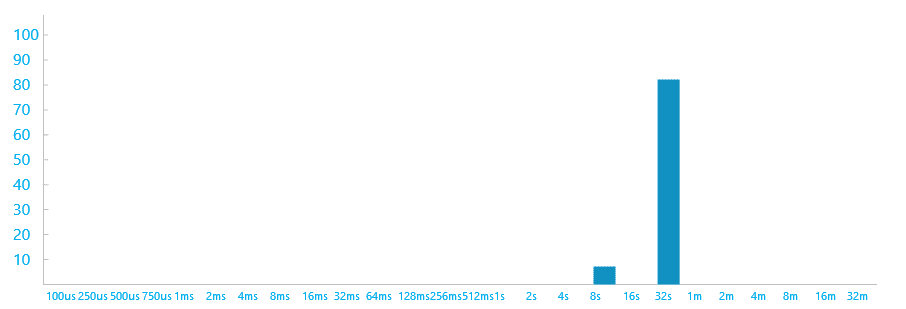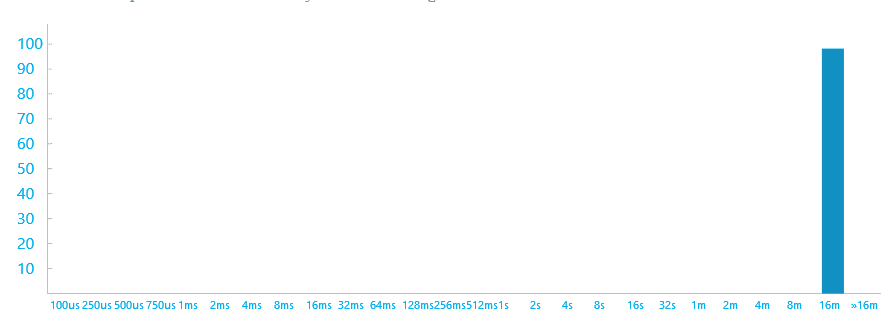As discussed in previous blogs and other materials, Deepest Runtime Idle Power State (DRIPS) on your modern tablets, 2-in-1’s, and similar devices doesn’t always work properly. NightWatchman 7.1 gives you the reports to centrally determine where that’s the case. What do you do next?
We’ll answer that question in a moment, but to review you should:
- Open your NightWatchman report console
- Go to the “Connected Standby” Power Optimization report
- Review the computer models to determine which have “technical issues” or that are “not doing Connected Standby Correctly
- You might look at specific business units or locations for unique issues
You now know that you have a problem. You should find examples of relevant computers. On them, open a command prompt and enter the command “PowerCfg.exe /sleepstudy /duration 28”. That will generate a sleepstudy-report.html. Open it in your favorite web browser.
As we discussed in the previous post about DRIPS issues, you want to find sessions with a high percentage of DRIPS activity, indicating they’ve gotten into the proper state and thus are doing connected standby. You then want to look at the histogram in the session details to see if the e-mail and similar non-real-time data updates are being done at the right frequency, as in this case:

A little more frequently or less frequently might be acceptable if you don’t mind a little less battery life or not having all e-mails in the inbox on start-up (respectively). If the device is not used to check e-mails then the latter issue is not a problem at all.


This histogram might be a cause for concern, for example:

However, when you drill into the “activators” (software) you might see that it’s a weather application trigger the activity, for tile updates in particular. Given that weather doesn’t meaningfully change minute-by-minute, a 16 minute or longer update frequency is actually ideal, keeping battery consumption low.
On the other hand, if you were expecting e-mail updates, the lack of related activity would be a problem and thus you should check the e-mail client software.

There’s obviously more to this topic and we’ll get into it in other blogs, whitepapers, the NightWatchman documentation, etc. The key point for now is that you can see how actionable Power Optimization data is. With just a little effort you’ll be giving your organization’s users the smartphone-like experience the modern device vendors are promising!
In the meantime, to learn more:
- Overviews
- Details




